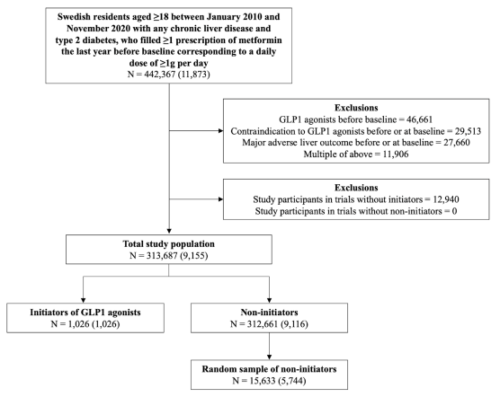2024-01-23 シンガポール国立大学(NUS)
 Pupal cuticle proteins found in mosquitoes could be a potential target to develop anti-viral strategies against mosquito-borne viruses, such as dengue virus.
Pupal cuticle proteins found in mosquitoes could be a potential target to develop anti-viral strategies against mosquito-borne viruses, such as dengue virus.
◆デング熱は感染した蚊による咬傷で広がり、2023年には世界で500万件以上の症例が報告されました。この研究は、蚊のカチクリンタンパク質がデングウイルス感染を阻害し、新しい対ウイルス戦略の開発に寄与する可能性があることを明らかにしました。
<関連情報>
- https://news.nus.edu.sg/protein-from-mosquitos-could-help-control-dengue-virus-infection/
- https://onlinelibrary.wiley.com/doi/abs/10.1002/pro.4761
デングウイルス感染を制御する蚊の蛹のクチクラタンパク質の構造と機能を解明 Structural and functional characterization of Aedes aegypti pupal cuticle protein that controls dengue virus infection
Qingqing Huang, Edem Gavor, Nikhil Kumar Tulsian, Jingsong Fan, Qingsong Lin, Yu Keung Mok, R. Manjunatha Kini, J. Sivaraman
Protein Science Published: 18 August 2023
DOI:https://doi.org/10.1002/pro.4761
Abstract
The pupal cuticle protein from Aedes aegypti (AaPC) inhibits dengue virus (DENV) infection; however, the underlying mechanism of this inhibition remains unknown. Here, we report that AaPC is an intrinsically disordered protein and interacts with domain I/II of the DENV envelope protein via residues Asp59, Asp61, Glu71, Asp73, Ser75, and Asp80. AaPC can directly bind to and cause the aggregation of DENV, which in turn blocks virus infection during the virus-cell fusion stage. AaPC may also influence viral recognition and attachment by interacting with human immune receptors DC-SIGN and CD4. These findings enhance our understanding of the role of AaPC in mitigating viral infection and suggest that AaPC is a potential target for developing inhibitors or antibodies to control dengue virus infection.


